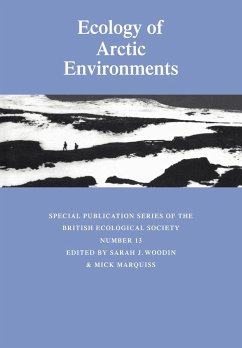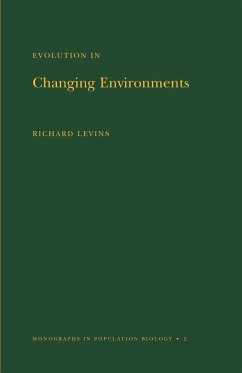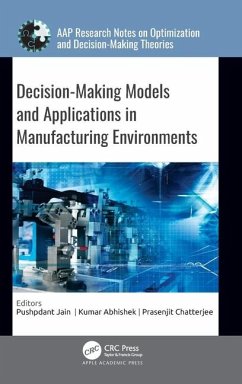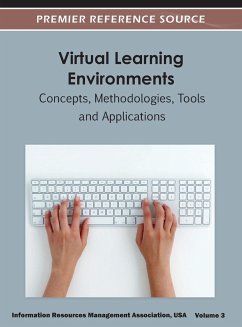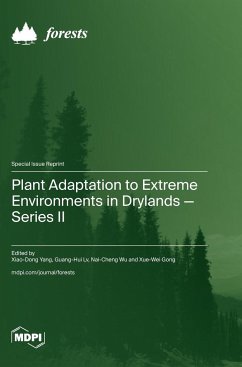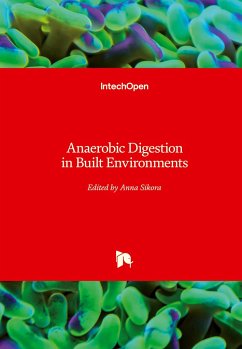
Ecology of Arctic Environments
Versandkostenfrei!
Versandfertig in 1-2 Wochen
85,99 €
inkl. MwSt.

PAYBACK Punkte
43 °P sammeln!
Once thought of as a pristine environment it is now all too apparent that the Arctic is a sink for pollutants transported northwards over long distances in the atmosphere and oceans and is also likely to be subject to major climate change as a result of global warming. Many ecologists are currently seeking to further our understanding of how Arctic ecosystems function and to detect and predict anthropogenic changes which may occur within them. This book, resulting from a British Ecological Society Special Symposium, addresses these issues. Early chapters provide a background to the soils and p...
Once thought of as a pristine environment it is now all too apparent that the Arctic is a sink for pollutants transported northwards over long distances in the atmosphere and oceans and is also likely to be subject to major climate change as a result of global warming. Many ecologists are currently seeking to further our understanding of how Arctic ecosystems function and to detect and predict anthropogenic changes which may occur within them. This book, resulting from a British Ecological Society Special Symposium, addresses these issues. Early chapters provide a background to the soils and periglacial processes of the Arctic and to the role of microbial and plant communities in ecosystem function. The following chapters consider the relationship between individual Arctic species and their environment, particularly in the context of climate change, whilst a further chapter draws together terrestrial and aquatic ecosystems in a consideration of trophic cascades. The book ends with four chapters concentrating on man's impacts on the Arctic environment.





